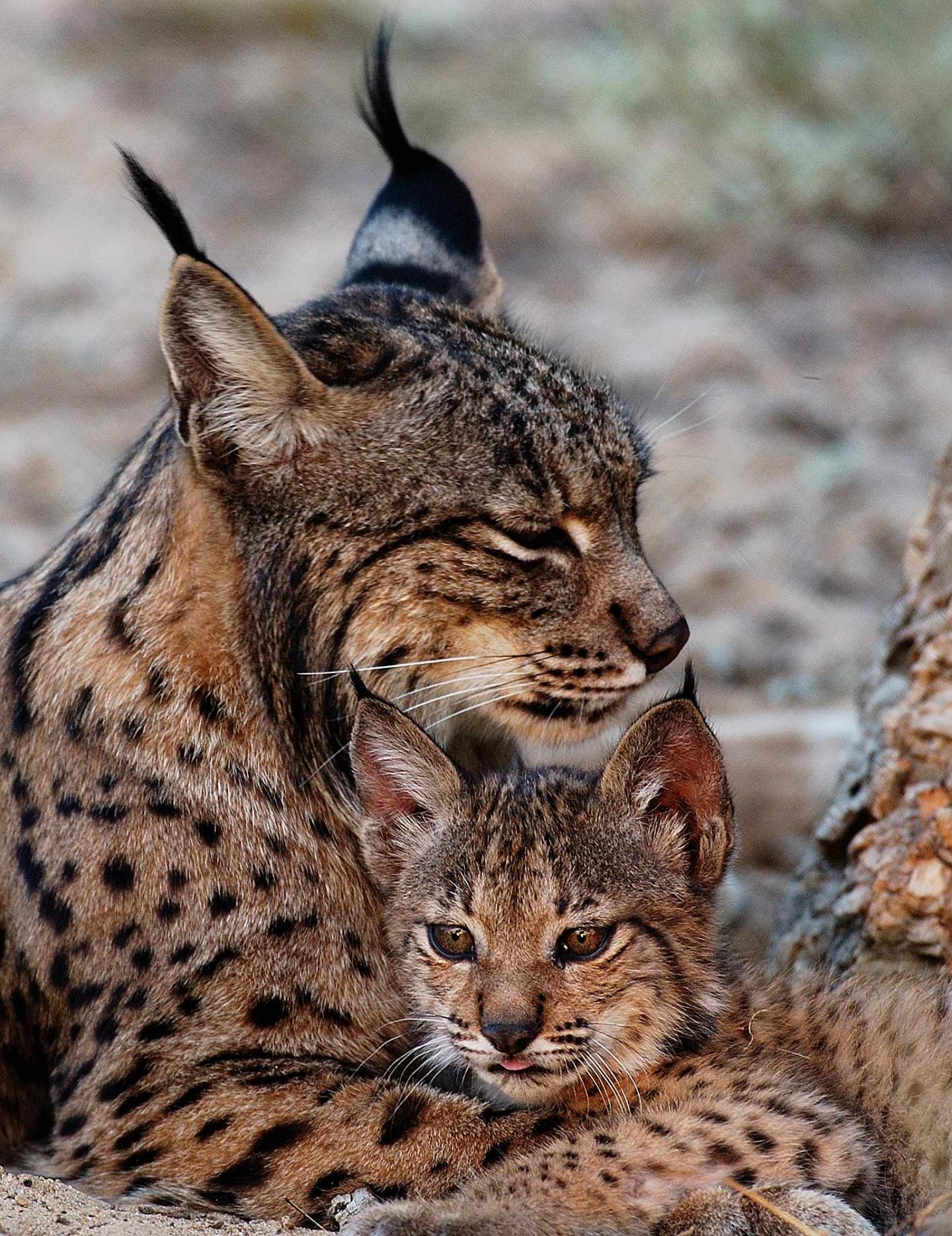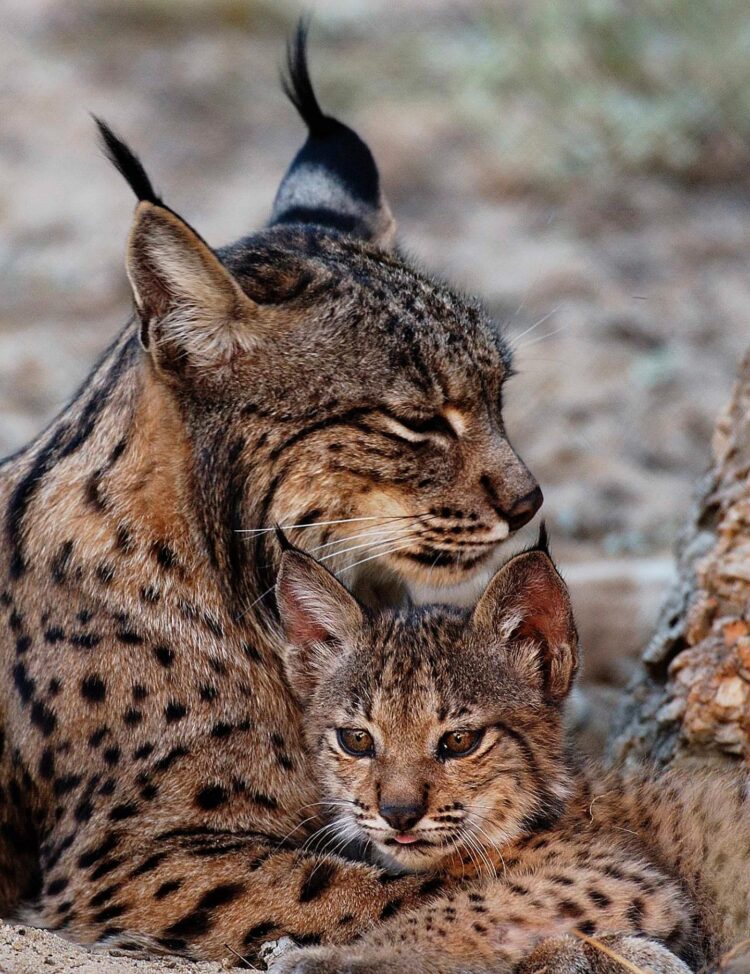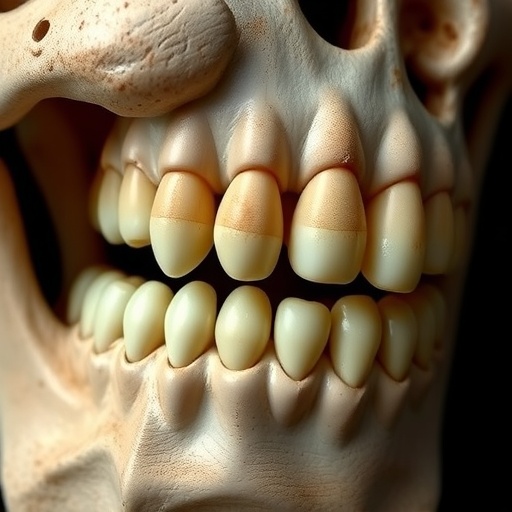Testicular cells survive cryopreservation after dissociation

Credit: Ex-situ Iberian Lynx Program
A research team at the German Leibniz Institute for Zoo and Wildlife Research (Leibniz-IZW) developed a method to isolate and cryopreserve testicular cells. This will allow the safekeeping and biobanking of gametes and other cells of the male reproductive tract of threatened or endangered feline species. The findings have been published in the scientific journal “Cryobiology“.
Cryopreservation in liquid nitrogen at -196°C is a common procedure to store germ cells (sperm and eggs) and embryos but can be damaging to cells. Initially, the team tested two different “freezing speeds”, as the extent of freezing damage strongly depends on the speed of temperature reduction during the freezing process. To ensure that germ cells and embryos are functional again after thawing, cryoprotectants are usually applied before freezing. These must penetrate the cells before the temperature is lowered in order to prevent or weaken the formation of ice crystals inside the cells and thus prevent damage. Since the most commonly used cryoprotectants are cytotoxic at higher concentrations, the scientists tested two different concentrations for freezing.
Whereas usually a cryoprotectant penetrates individual cells relatively quickly, cells inside the tissue of an organ are difficult to reach by the cryoprotectant. In this study, the testicular tissue was therefore not preserved in small pieces but – after dissolution of the tissue complex – as a cell suspension so that the cryoprotectant could penetrate individual cells faster. This method has already been successfully used in some mammalian species and was adapted by scientists at the Leibniz-IZW for the conservation of feline testicular cells. To dissolve the tissue complex as gently as possible, the Leibniz-IZW researchers combined the mechanical preparation steps with the interruption of cell to cell contacts using a cocktail of enzymes.
“A particular problem in cryopreserving tissue or cell suspensions is the assessment of cell recovery after thawing. Ultimately, cell functionality can only be achieved in long-term cell culture experiments. However, in order to optimise the freezing process in the short term, we used two methods to assess the viability of the cells,” explains Mohammad Bashawat, scientist at the Leibniz-IZW. Using fluorescent reporter molecules, the lower concentration of cryoprotectant combined with a slow freezing speed was clearly the most beneficial method. About 45 % of cryopreserved testicular cells of castrated domestic cats were vital again after thawing. Comparably good results were obtained in two pilot studies with testicular cells of an Asian golden cat and a cheetah. The Leibniz-IZW research team sees this as an important step towards preserving the germ lines of valuable animals for future applications in the context of species conservation and the maintenance of diversity in their genomes.
Of the 39 cat species that are currently extant, 25 are on the “Red List” of the International Union for the Conservation of Nature (IUCN) with a status varying from “vulnerable” to “critically endangered”. Measures to enhance reproduction are becoming increasingly important for the conservation of genetic diversity in these species. These measures include cryopreservation of germ cells and artificial insemination. The testes of males which died or had to be euthanised contain stem cells and numerous immature precursors of male germ cells. In future, these could hopefully be matured into spermatozoa during spermatogenesis in the “test tube”, as has previously been shown by research groups working with mice and humans. In order to have testicular cells of feline species available for such future projects, their cryopreservation is the method of choice, as this allows an almost unlimited storage of this valuable gene reserve (“cryobanking”). This is especially true for individuals which cannot supply functionally “mature” sperm because of their age or state of health.
###
Media Contact
Mohammad Bashawat
[email protected]
Original Source
https:/
Related Journal Article
http://dx.





